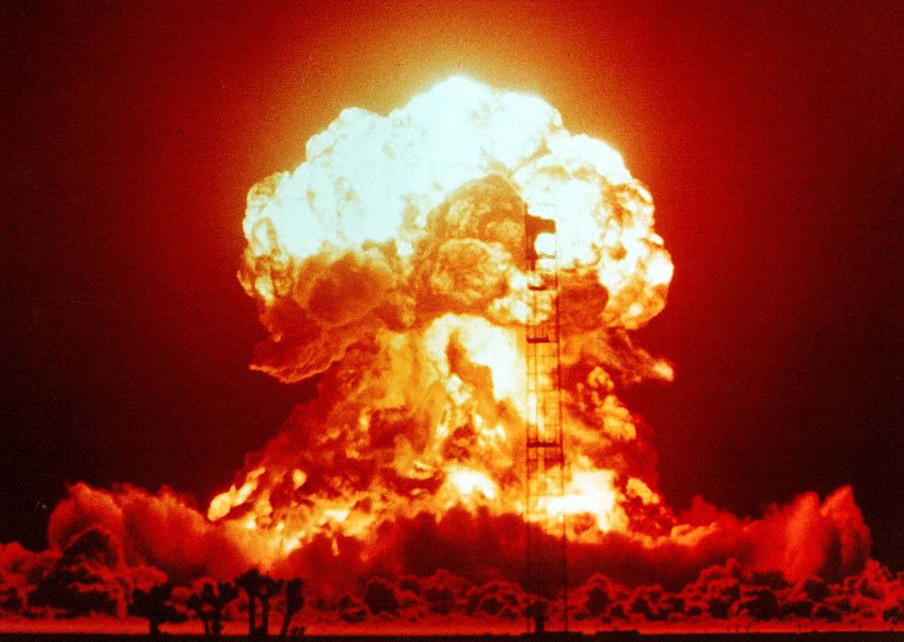
Even though the Cold War has been over for decades, there are still thousands of nuclear weapons that could be launched and detonated within minutes, all over the globe. While the possibility of nuclear war seems remote, the world is not as safe as it seems.
In a fascinating new book, Eric Schlosser uncovers previously classified documents that show us how close the world has come to nuclear war in the past, bringing us up to the present where thousands of weapons are on a hair trigger, worldwide.
 His book, Command and Control: Nuclear Weapons, the Damascus Accident, and the Illusion of Safety, describes numerous nuclear weapon accidents, lifting the veil of secrecy surrounding these ubiquitous doomsday devices.
His book, Command and Control: Nuclear Weapons, the Damascus Accident, and the Illusion of Safety, describes numerous nuclear weapon accidents, lifting the veil of secrecy surrounding these ubiquitous doomsday devices.
It’s an excellent, eye-opening book, and after I finished reading it, I wanted to show you the 10 facts I found in the book that I hadn’t heard about or considered before. It’s some scary stuff:
1. The United States now has approximately 4,650 nuclear weapons. The good news is, 2,500 of those are in storage at a military installation in Albuquerque, New Mexico. However, 1,150 of the warheads are aboard Trident submarines, lurking underneath the world’s oceans, while 500 are waiting in silos, ready to be sent rocketing toward targets in Syria, Russia, North Korea, China, Iran or elsewhere.
2. In September, 1961, President Kennedy had just delivered a speech to the United Nations urging nuclear disarmament. That same week, he met with his military advisers at the White House, where he and his staff considered a surprise nuclear first strike on the Soviet Union. One of his generals, Thomas S. Power, urged Kennedy to launch the attack.
3. The United States’ Single Integrated Operational Plan (SIOP) for a nuclear war in 1977 involved launching 10,000 nuclear weapons at the Soviet Union.
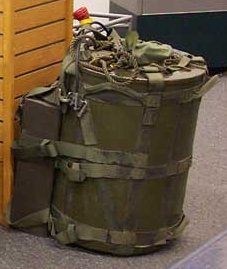
4. There actually was such a thing as a “suitcase nuke.” The smallest weapon in the U.S. arsenal was the Mark 54 Special Atomic Demolition Munition (SADM), a 60-pound bomb that was usually carried in a backpack. Its yield was a mere 1 kiloton, 1/16 that of the nuclear weapon that exploded over Hiroshima, Japan in 1945. The SADM plan was for two soldiers to parachute into a harbor, set the timer of the nuclear weapon, and then swim out to sea where they could be picked up by a submarine or fast boat.
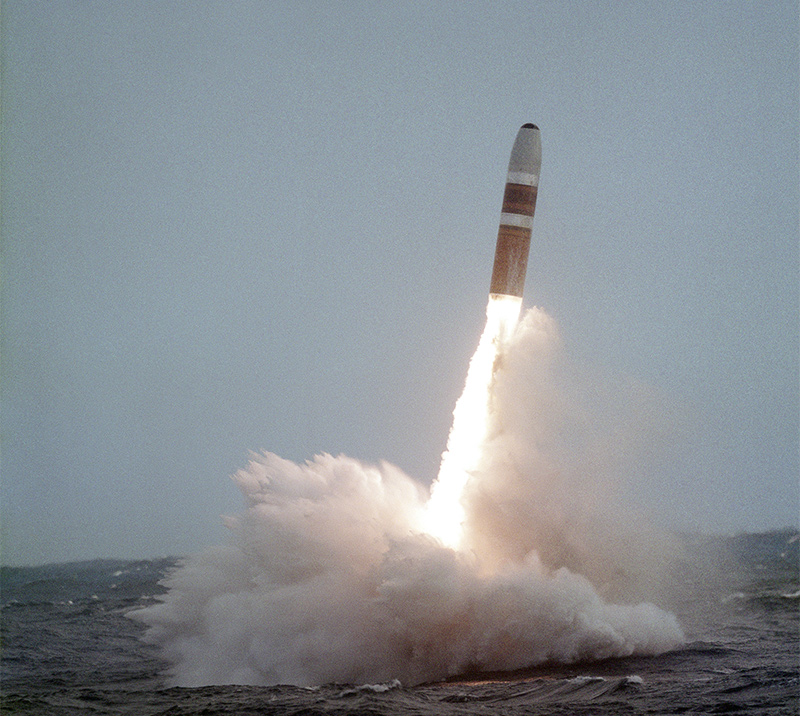
5. According to a 1968 report, Soviet submarines just off the U.S. coast could have launched nuclear weapons that within five or six minutes could have killed the U.S. president, vice president and the 14 others in the line of succession to the presidency. The strategy was called “decapitation.”
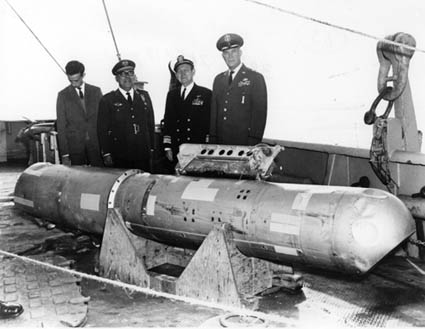
6. The first time civilians ever saw a thermonuclear weapon was after a B-52 crash near Palomares, a seaside fishing village in Spain. The plane went down with four hydrogen bombs on board — three landed near the village, where the conventional explosives in two of those bombs detonated, spreading plutonium across 490 acres. Another warhead landed in the Mediterranean, and when it was recovered after a 2 1/2-month search, the U.S. military paraded it in front of the press as if it were a prize fish they had just caught.
7. In 1985, the Soviets set up a system it called the “dead hand.” This “Perimeter” system would automatically launch intercontinental ballistic missiles if it detected nuclear explosions anywhere in the Soviet Union.
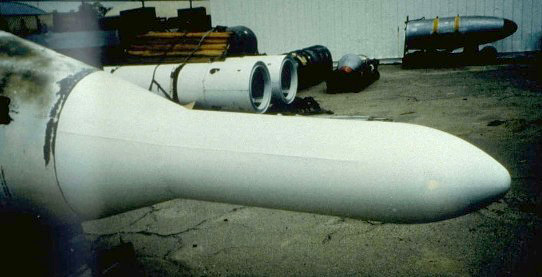
8. In an effort to make submarine-launched nuclear weapons safer, about 75% of America’s W-47 thermonuclear warheads were turned into duds. The safety mechanism worked too well, keeping most of the bombs from exploding under any circumstance. The problem was first uncovered in 1963, and it took four years to fix and replace all the warheads.
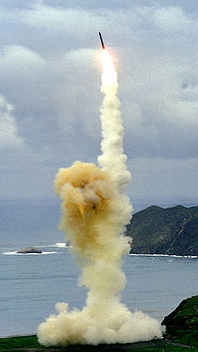 9. The hot spot for a possible nuclear war is currently in South Asia, where India and Pakistan hate each other, and are armed to the teeth with nuclear weapons. Pakistan, the only Islamic nation with nukes — and the only nation whose nuclear arsenal is controlled by its military rather than civilians — has 100 nuclear-tipped missiles pointed at India. The weapons can reach their targets and detonate in as little as four or five minutes.
9. The hot spot for a possible nuclear war is currently in South Asia, where India and Pakistan hate each other, and are armed to the teeth with nuclear weapons. Pakistan, the only Islamic nation with nukes — and the only nation whose nuclear arsenal is controlled by its military rather than civilians — has 100 nuclear-tipped missiles pointed at India. The weapons can reach their targets and detonate in as little as four or five minutes.
10. Over the past 20 years, India and Pakistan have come close to nuclear war six times. The most recent close call was after a Pakistan-sponsored terrorist attack on a Mumbai hotel in 2008.
Images: Wikipedia

Pingback: Top-secret 4,567mph hypersonic jet revealed - Charlie White